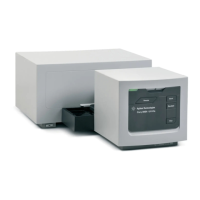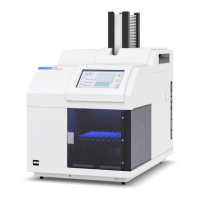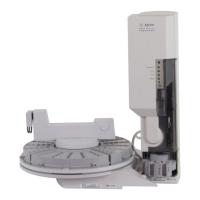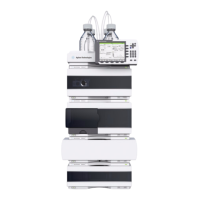Understanding Your Agilent ChemStation 123
Quantification
5
ISTD Calculation
ISTD Calculation
The ISTD procedure eliminates the disadvantages of the ESTD method by
adding a known amount of a component which serves as a normalizing factor.
This component, the internal standard, is added to both calibration and
unknown samples.
The software takes the appropriate response factors obtained from a previous
calibration stored in the method. Using the internal standard concentration
and peak areas or heights from the run, the software calculates component
concentrations.
The compound used as an internal standard should be similar to the
calibrated compound, both chemically and in retention/migration time, but it
must be chromatographically distinguishable.
If the ISTD procedure is used for calibrations with a non-linear characteristic,
care must be taken that errors which result from the calculation principle do
not cause systematic errors. In multi-level calibrations, the amount of the
ISTD compound should be kept constant, i.e. the same for all levels if the
calibration curve of the compound is non-linear.
In the internal standard analysis, the amount of the component of interest is
related to the amount of the internal standard component by the ratio of the
responses of the two peaks.
In a two-run ISTD calibration, the calculation of the corrected amount ratio of
a particular compound in an unknown sample occurs in the following stages:
Table 1 3 ISTD Procedure
Advantages Disadvantages
Sample-size variation is not critical.
Instrument drift is compensated by the internal
standard.
The effects of sample preparations are minimized if the
chemical behavior of the ISTD and unknown are similar.
The internal standard must be added to
every sample.

